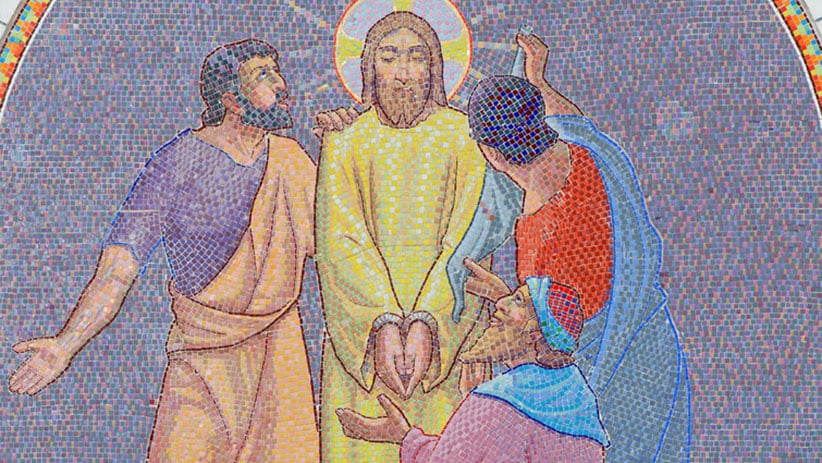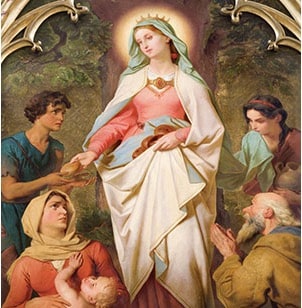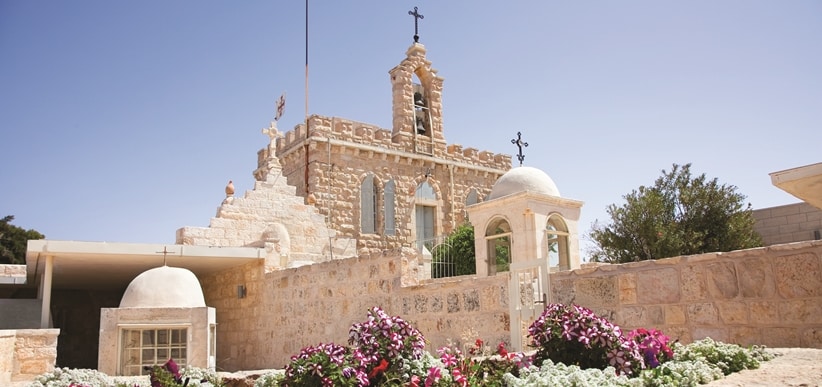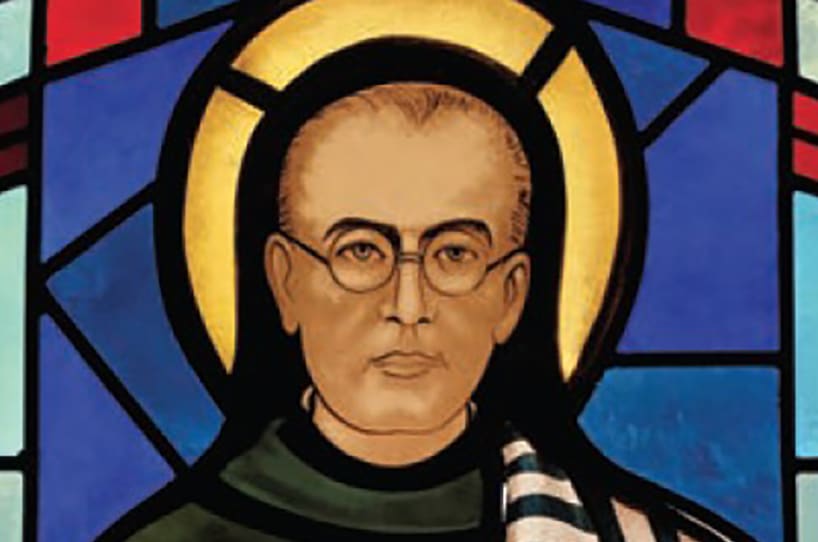In Christian history, no ruling body, king or patriarch is reviled more than the Jerusalem Sanhedrin. This Jewish high court, identified in all four Gospels, plotted to have Jesus arrested, subjected him to an illegal trial and intimidated the Romans into murdering him. No fiction writer could produce a more treacherous, riveting scenario.
Sanhedrin is a Greek word for council or assembly, and such legal councils were common throughout Judea during the time of Christ. The occupying Romans permitted the Jews a significant amount of self-government, including the Sanhedrin as their court of law. Every Judea town regardless of size had a Sanhedrin that consisted of a high priest and 22 respected (holy) men selected from other high priests, elders, heads of prominent families, plus scribes or lawyers. These individuals judged both civil and religious matters.
In Jerusalem, there was a 71-member Sanhedrin with many responsibilities akin to those in local communities. Often referred to as the Greater Sanhedrin, this council had the added duties of deciding critical issues such as declaring war, resolving temple issues and adjudicating charges surrounding false prophets; they also served as a kind of supreme court within Judea. Its leader was the Temple high priest. Members were selected for life.
Jerusalem Sanhedrin
Sources differ whether there was one or more Sanhedrins in Jerusalem. However defined, the Jerusalem Sanhedrin operated from the Temple area, met daily except for the Sabbath, the eve of feast days and feast days. No meetings were held at night. Among their rules, a simple council majority was necessary to acquit someone of a crime; conversely, a guilty verdict required a vote exceeding the majority. There were no defense lawyers for the accused, but two witnesses were needed for a conviction. According to John 18:31, Sanhedrin decisions calling for capital punishment required corroboration and sentencing by the occupying Roman governor.
The Jerusalem Sanhedrin included men from the Pharisees and Sadducees alliances. These were combination political and religious parties of the time; the Pharisees being the most religious and the Sadducees the most political.
Neither group was very large; in Palestine there were over half a million Jews, of which about 6,000 were Pharisees. The Sadducees were even smaller in number. Their beliefs differed greatly.
Pharisees
The “separated ones,” the Pharisees, viewed themselves as religiously superior to everyone else. The lawyer members of the Sanhedrin were Pharisees, experts on religious law. The Pharisees significantly influenced the Jewish citizens as attested to throughout the Gospels. They believed that a messiah was coming and encouraged the people in this belief.
| Sanhedrin Origin |
|---|
|
In the Book of Numbers 11:16-26, Moses complained to God of the difficulty he was having trying to lead the 600,000 Israelites to the Promised Land. God instructed him to select 70 elders from the group and then gave them some of the spirit he had bestowed on Moses. Many scholars say this is where the concept of the 71-member Sanhedrin originated.
|
Insisting on obedience to the Laws of Moses, including oral traditions, the Pharisees inflicted strict interpretations of the Law and demanded compliance with additional rules and unnecessary rituals. Observing all the regulations was impossible, and Jesus often quarreled with the Pharisees over their scrupulosity and hypocrisy:
“Woe to you scholars of the law! You have taken away the key of knowledge. You yourselves did not enter and you stopped those trying to enter” (Lk 11:52).
The Pharisees were responsible for censoring the teaching of any new prophet. They went to find out about Jesus and reported back to the Sanhedrin: “Never before has anyone spoken like this one” (Jn 7:45-46). They began to watch him carefully.
Sadducees
The smaller of the two groups, the Sadducees were the temple aristocracy. They advocated adherence to the written law but rejected oral traditions. Unlike the Pharisees, they did not believe in life after death, angels or spirits, and were neither looking for nor believed that a messiah was coming. The Sadducees gravitated toward (and often bribed) the Roman authorities. In return, they were appointed to important roles, including Temple high priest, and thus controlled the Sanhedrin.
Initially, the Sadducees saw little threat from Jesus. However, that perception changed following the raising of Lazarus, which greatly elevated Our Savior’s popularity among the people.
The Sadducees, leaders of the Sanhedrin, worried that Jesus’ miracles and special magnetism could produce public disorder or a revolution. If that happened, the Romans would forcefully intervene and destroy the political status quo. John’s Gospel explains the Sanhedrin’s response: “What are we going to do? This man [Jesus] is performing many signs. If we let him alone, all will believe in him, and the Romans will come and take away both our land and our nation” (Jn 11:47-48). Caiaphas, the high priest, told them, “You know nothing, nor do you consider that it is better for you that one man should die instead of the people, so that the whole nation may not perish” (Jn 11: 49-50). The passage concludes with the note that “from that day on they planned to kill him” (Jn 11:53). This was a death warrant, but the Sanhedrin hesitated because Jesus was so popular.
Arrest
Witnessing the acclimation Jesus received when he entered Jerusalem on that first Palm Sunday and his cleansing of the Temple, the Sanhedrin could wait no longer. They wanted a covert arrest and needed help from someone close to Jesus. For 30 pieces of silver, Judas Iscariot, one of the apostles, offered his treachery. With his assistance, Jesus was arrested on the night before the Passover. The Sanhedrin immediately began violating their rules.
Since the arrest was at night, the indictment should have waited until the next day and taken place before the entire Sanhedrin. Instead, Jesus was first brought before and questioned by Annas who had been the high priest. He was then sent to Caiaphas’ home, where some Sanhedrin members had gathered for an interrogation. This was clearly planned; no one was racing around Jerusalem trying to notify Sanhedrin members to come to Caiaphas’ house. Nighttime and private interrogations were illegal under court rules. Additionally, no one was ever solicited to speak for Jesus, another rule broken by the Sanhedrin.
Finding no chargeable offense, Caiaphas intensified the cross-examination of Jesus, hoping he would incriminate himself. Finally, by the next morning, Jesus was accused of blasphemy when he admitted his divinity and compared himself to God: “But I tell you: From now on you will see ‘the Son of Man seated at the right hand of the Power’ and ‘coming on the clouds of heaven'” (Mt 26:64). The Jewish penalty for blasphemy was death.
Only the Roman governor (Pilate) could order a death penalty, and the Sanhedrin knew it was unlikely the Romans would issue such a penalty for blasphemy. Pilate would, however, take notice if there was a plot against Rome, which was the charge the Sanhedrin claimed; they accused Jesus of being a self-proclaimed king, the Messiah. The Sanhedrin cunningly twisted the accusation from blasphemy to sedition.
Initially, Pilate found Jesus innocent, but the crowd, mobilized by the Sanhedrin, cried out: “If you release him you are not a friend of Caesar. Everyone who makes himself a king opposes Caesar” (Jn 19:12). Pilate worried that denial of the Jews’ demands would get back to Rome, putting his career at risk; thus, he relented and “handed him (Jesus) over to them to be crucified” (Jn 19:16).
The Temple leadership and the Sanhedrin used deceit and treachery, violated their own rules and then intimidated Pilate to get rid of this Galilean troublemaker. In the end, neither tree, nor tomb, nor death could contain the Savior of the world.
Following the resurrection and ascension of Jesus, the Sanhedrin continued to confront Christ’s followers. According to the Acts of the Apostles, the apostles were threatened, jailed, flogged and some of them, such as St. Stephen, murdered (Acts 6-7) because they were spreading the news about Jesus. The Sanhedrin has faded into infamy, but the message of Jesus Christ will continue forever.
D.D. Emmons writes from Pennsylvania.







